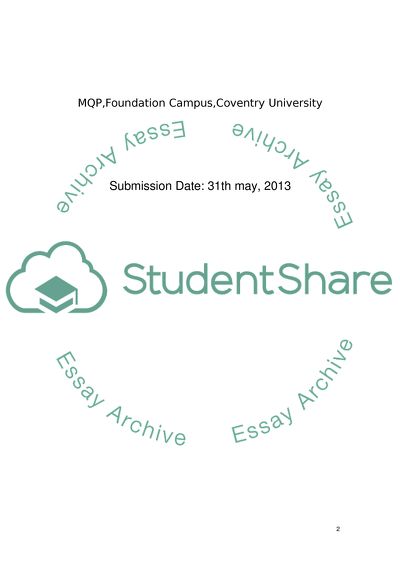Cite this document
(Employees and a Job That Offers Extrinsic or Intrinsic Rewards Dissertation, n.d.)
Employees and a Job That Offers Extrinsic or Intrinsic Rewards Dissertation. Retrieved from https://studentshare.org/human-resources/1481934-study-on-what-drives-potential-employees-who-are
Employees and a Job That Offers Extrinsic or Intrinsic Rewards Dissertation. Retrieved from https://studentshare.org/human-resources/1481934-study-on-what-drives-potential-employees-who-are
(Employees and a Job That Offers Extrinsic or Intrinsic Rewards Dissertation)
Employees and a Job That Offers Extrinsic or Intrinsic Rewards Dissertation. https://studentshare.org/human-resources/1481934-study-on-what-drives-potential-employees-who-are.
Employees and a Job That Offers Extrinsic or Intrinsic Rewards Dissertation. https://studentshare.org/human-resources/1481934-study-on-what-drives-potential-employees-who-are.
“Employees and a Job That Offers Extrinsic or Intrinsic Rewards Dissertation”, n.d. https://studentshare.org/human-resources/1481934-study-on-what-drives-potential-employees-who-are.


